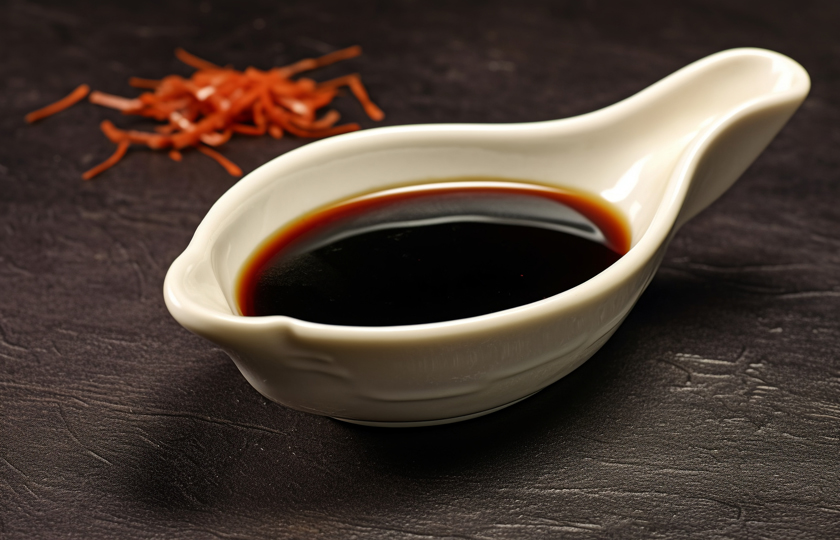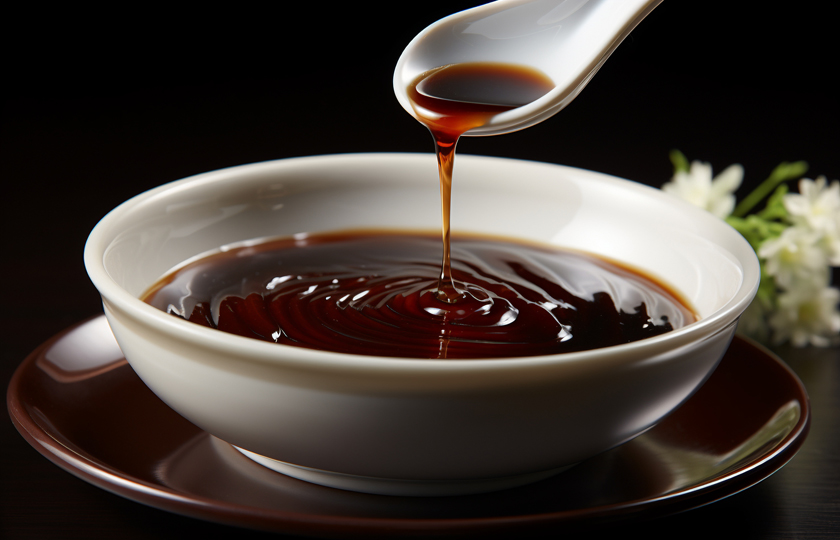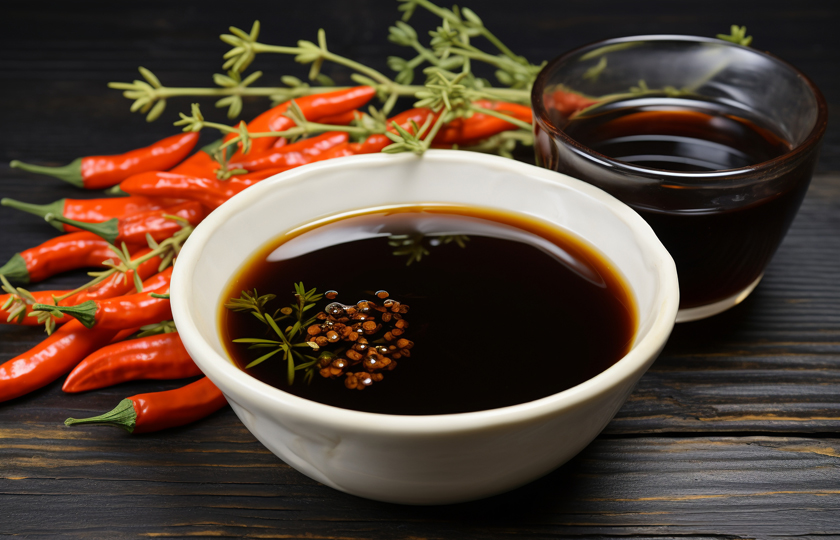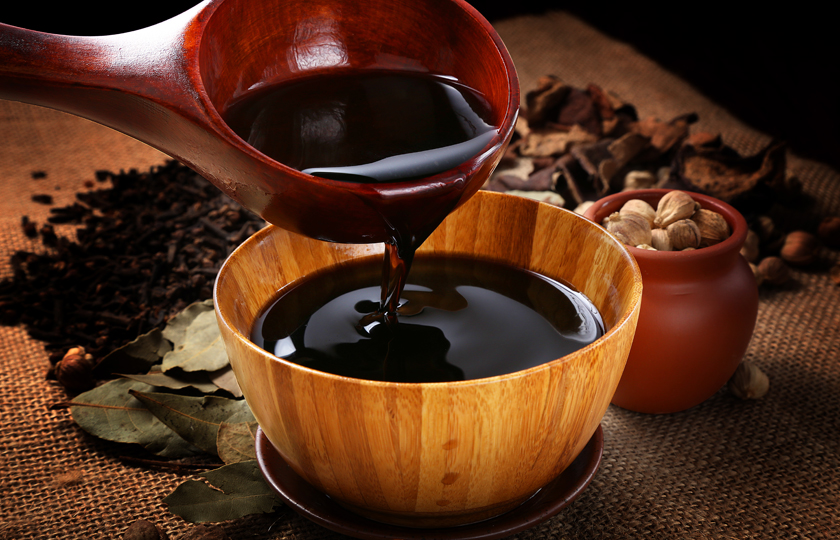Light Soy Sauce vs Dark Soy Sauce: A Comprehensive Comparison
Has anyone ever picked up a bottle of soy sauce in the kitchen but couldn't figure out whether it is light soy sauce or dark soy sauce? Today, let's talk about the differences between light soy sauce and dark soy sauce to ensure that you use them correctly next time!
Color
Light soy sauce
The color is lighter, reddish-brown, and has a high transparency.
Dark soy sauce
The color is darker, brownish-black, and sometimes even close to black.
Flavor
Light soy sauce
Tastes delicious, slightly salty, with a strong bean fragrance.
Dark soy sauce
The taste is more intense than light soy sauce. There is a faint sweetness but not as delicious as light soy sauce.
Salt Content
Light soy sauce
Generally has a higher salt content than dark soy sauce.
Dark soy sauce
Has a lower salt content, but its texture is thicker. The sweetness balances the overall flavor.
Culinary Uses
Light soy sauce
Mainly used to increase the saltiness and enhance the freshness of dishes. Suitable for stir-frying, cold dishes, pickling food and dipping sauces.
Dark soy sauce
Mainly used to color dishes and make them present an attractive bright red color. Commonly used in dishes that need coloring such as braising in brown sauce, marinating, and stewing.

Fermentation Process
Light soy sauce
The fermentation time is relatively short, usually 3-6 months.
Dark soy sauce
On the basis of light soy sauce, it is made by adding caramel pigment and undergoing longer fermentation (usually more than 6 months).
Nutritional Components
Light soy sauce
Rich in various nutritional components such as amino acids, sugars, vitamins, minerals, etc. The content of amino acid nitrogen is relatively high, which is an important manifestation of the freshness and nutritional value of light soy sauce. It helps promote human metabolism and enhance appetite.
Dark soy sauce
In addition to some nutritional components in light soy sauce, due to its brewing and processing process, it may contain relatively more sugars and some flavor substances produced by fermentation, but the content of amino acid nitrogen is relatively lower than that of light soy sauce.
What's the meaning of "chōu" (抽) in light soy sauce and dark soy sauce?
The "chōu" (抽) in light soy sauce and dark soy sauce means "extract".
In traditional soy sauce brewing, after raw materials such as soybeans and wheat go through a series of complex processes such as fermentation, a mixed liquid will be produced.
Light soy sauce is the first soy sauce extracted from the soy sauce vat after the fermentation process ends. Because it is extracted directly, it is called "light soy sauce". Its color is relatively light and it tastes delicious.
Dark soy sauce is further processed on the remaining fermented soy paste after the extraction of light soy sauce. This may include steps such as continuing to dry in the sun, concentrating, or adding caramel color. The soy sauce extracted later has a darker color and a more intense and mellow taste. It is called "dark soy sauce".
In simple terms, "chōu" represents the action of extracting soy sauce from raw materials or semi-finished products in brewing soy sauce, and also reflects the sequence of light soy sauce and dark soy sauce in the brewing process.

Techniques for choosing light soy sauce and dark soy sauce
Look at the ingredient list
Light soy sauce: The ingredient list of high-quality light soy sauce should be simple. The main ingredients include water, soybeans, wheat, salt, etc. The higher the content of amino acid nitrogen, the better the quality.
Dark soy sauce: High-quality dark soy sauce should also be mainly made of natural raw materials such as water, soybeans, wheat, and salt. The content of amino acid nitrogen is slightly lower than that of light soy sauce, but it should not be lower than 0.4g/100ml.
Observe the color
Light soy sauce: The color should be reddish-brown, uniform in color and shiny.
Dark soy sauce: The color should be brownish-black or dark brown, shiny. Colors that are too light or too dark may affect the quality.
Smell the aroma
Light soy sauce: There should be a strong bean fragrance and fresh fragrance, and no peculiar smell.
Dark soy sauce: There should be a strong soy sauce fragrance and ester fragrance, and no peculiar smell.
Taste the flavor
Light soy sauce: Tastes delicious, with a mellow taste and no bitterness.
Dark soy sauce: The taste is moderately salty and sweet, with a mellow and soft taste and no bad peculiar smell.
Shake the bottle
Light soy sauce: After shaking, there is rich and lasting foam that is not easy to disappear, indicating better quality.
Dark soy sauce: Similarly, after shaking, there is rich and lasting foam that is not easy to disappear, indicating better quality.

How to store light soy sauce and dark soy sauce?
Before opening
Stored at room temperature: Unopened light soy sauce and dark soy sauce can be stored at room temperature.
Stored away from light: It is best to store in a place away from light to reduce the impact of light on the quality of soy sauce.
After opening
Refrigerated storage: After opening, light soy sauce and dark soy sauce are recommended to be refrigerated. This can extend their shelf life and prevent mold.
Sealed storage: Ensure that the cap of the soy sauce bottle is tightened to reduce contact with air and prevent bacterial contamination.
























